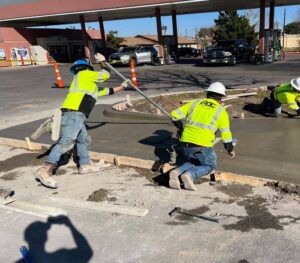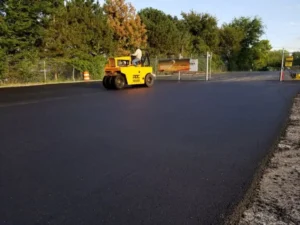 Many products that contractors use to construct buildings, pavements, bridges, and other structures are actually a mixture of several ingredients. The mixture must contain the proper ratio of each ingredient if the results are to be acceptable. This is why it is critical that each ingredient in Austin concrete mixes is incorporated in the proper amount.
Many products that contractors use to construct buildings, pavements, bridges, and other structures are actually a mixture of several ingredients. The mixture must contain the proper ratio of each ingredient if the results are to be acceptable. This is why it is critical that each ingredient in Austin concrete mixes is incorporated in the proper amount.
What Are the Ingredients in an Austin Concrete Mix?
Concrete contains cement, crushed rock, sand, and water. For most projects, concrete companies use a mix that contains one part cement, two parts sand, and four parts crushed rock. The amount of water depends on variable factors.
1. Cement is primarily calcium oxide, which is produced by superheating limestone. Cement also contains iron, aluminum, silicon, and several other ingredients. Its purpose is to serve as a bonding agent to hold the sand and crushed rock together.
2. Sand helps eliminate the spaces and air pockets between individual rocks. Along with the rocks, the sand helps enhance the compressive strength of the pavement.
3. Although some people mistakenly refer to the aggregate as gravel, it is actually washed, crushed rocks. The rocks are primarily used to enhance the pavement’s compressive structural integrity.
4. Water is needed to mix, form, and finish the pavement. Water initiates a chemical reaction in cement to enhance its ability to adhere to sand and rock. The typical approach is to use the least amount of water needed to achieve the desired results.
When Might Concrete Contractors Vary the Standard Proportions for an Austin Concrete Mix?
Although some people speculate that varying the mix proportions is to control the cost of concrete, contractors actually do it for one of two reasons.
1. Some projects require more compressive strength than the standard ratio can provide. For example, concrete parking lots for heavy equipment or 18-wheelers need the ability to support more weight than a residential concrete driveway. The normal solution is to increase the amount of rock and sand in the mix.
2. Some projects need workability more than they need a high compressive strength. For example, concrete contractors are sometimes asked to create freestanding columns, garden fountains, or other ornamental features. These features are purely decorative and do not support loads. Because decorative features are typically highly detailed, concrete companies need a mix with greater workability. The normal approach is to increase the sand and decrease the rock. To improve workability, contractors may also increase the amount of water in the mix.
RDC Paving installs concrete parking lots, concrete driveways, concrete ramps and other ADA-compliant features, concrete sidewalks, and concrete curbs. We also offer concrete repair, parking lot striping, and parking lot maintenance. In addition, we offer a full range of asphalt services, including asphalt overlays, asphalt milling, asphalt sealcoating, asphalt repairs, asphalt driveway paving, asphalt crack repairs, and asphalt paving. We are a well-respected, experienced company with an impeccable reputation for workmanship, service, and dependability. To request a free quote, give us a call at 512-920-9155, fill out the online form, or email Ryan@RDCPaving.com.




